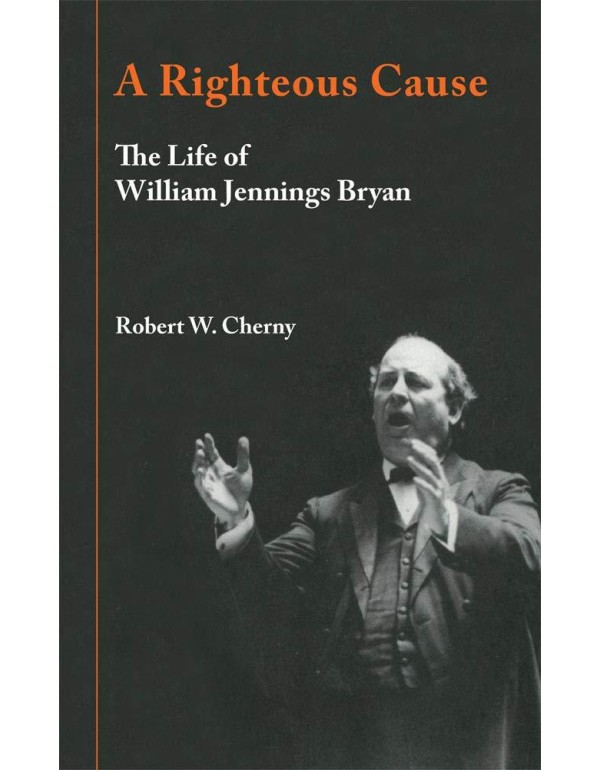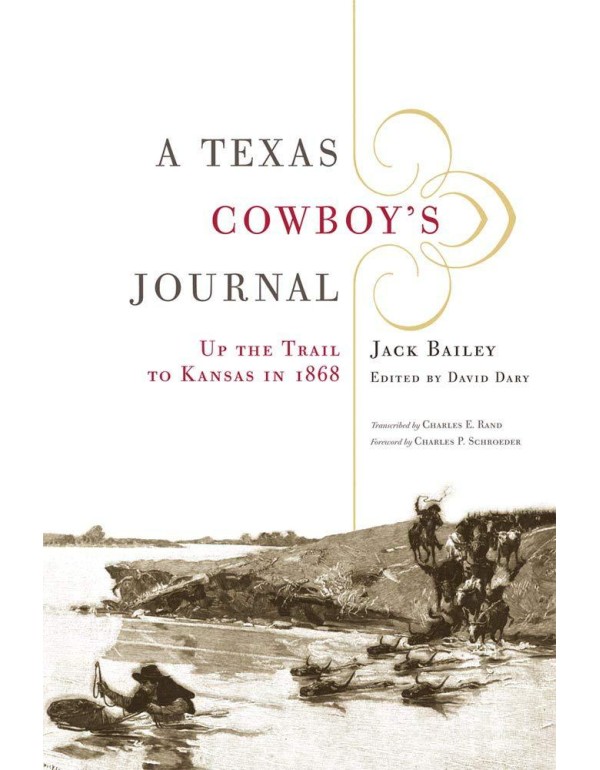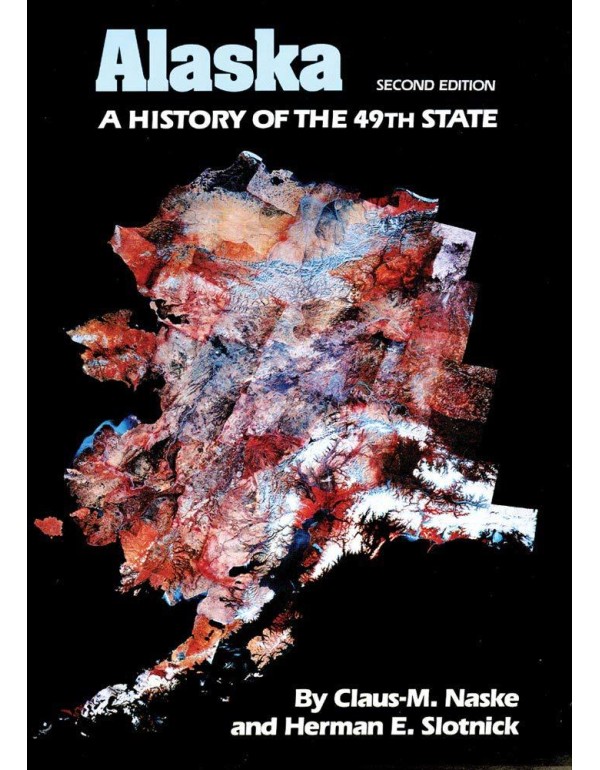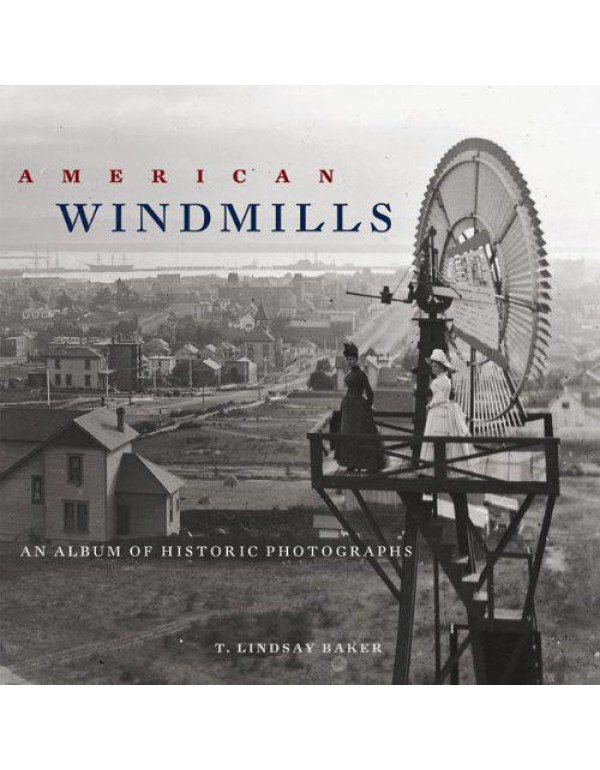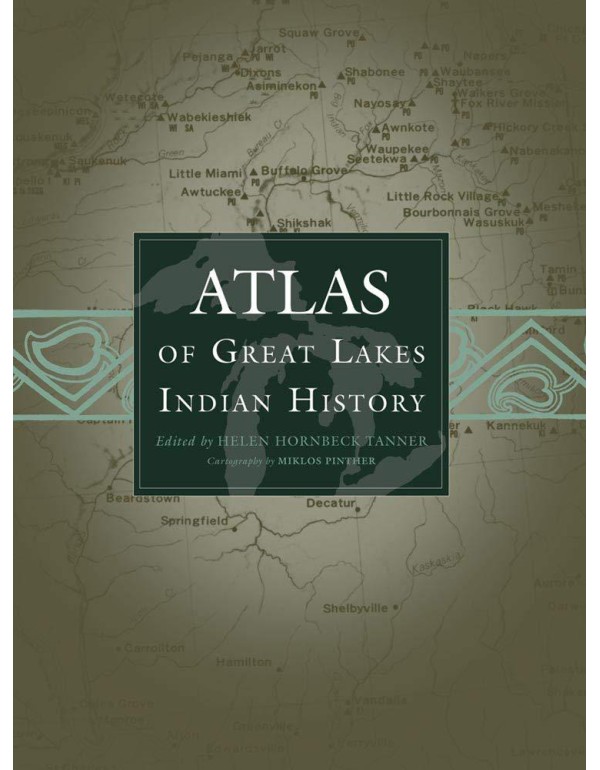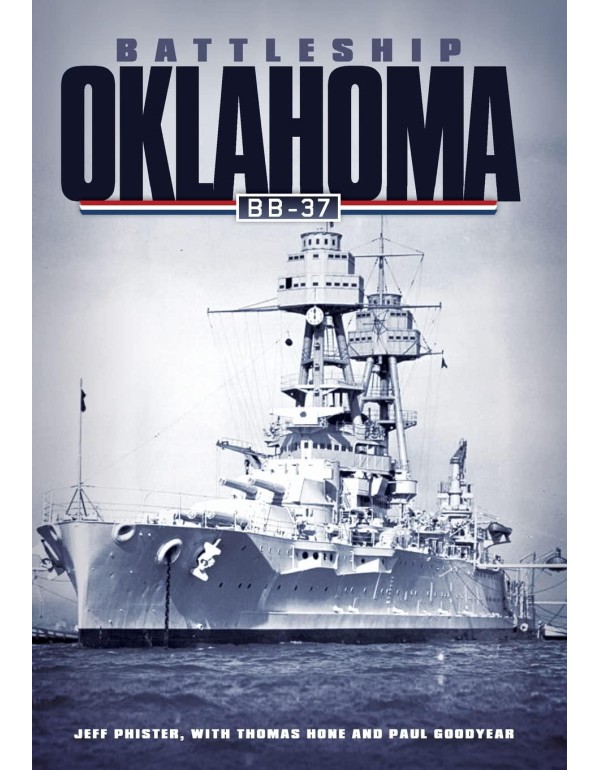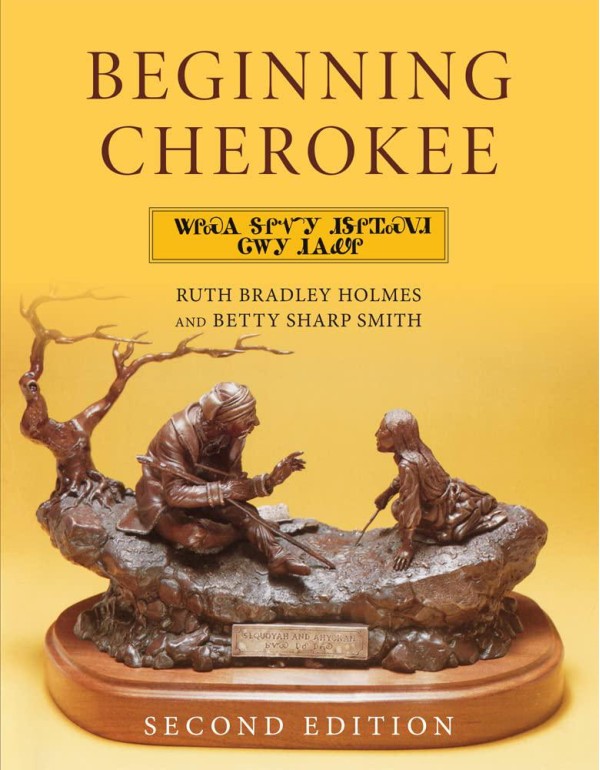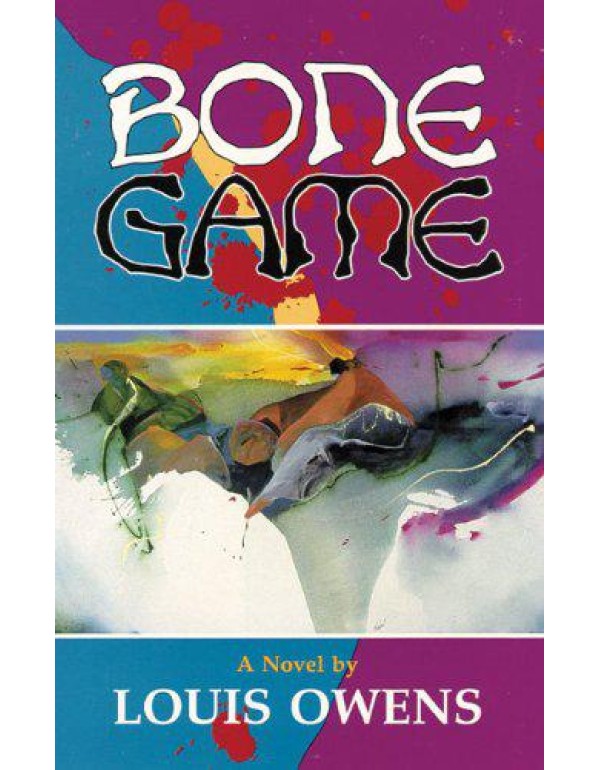Search
Products meeting the search criteria
"I Choose Life": Contemporary Medical and Religiou...
$14.43
How Navajos navigate the complex world of medicineSurgery, blood transfusions, CPR, and organ transplantation are common biomedical procedures for treating trauma and disease. But for Navajo Indians, these treatments can conflict with their traditional understanding of health and well-being. This bo..
A Guide to the Indian Tribes of the Pacific Northw...
$15.40
The Native peoples of the Pacific Northwest inhabit a vast region extending from the Rocky Mountains to the Pacific Ocean, and from California to British Columbia. For more than two decades, A Guide to the Indian Tribes of the Pacific Northwest has served as a standard reference on these diverse peo..
A Perfect Gibraltar: The Battle for Monterrey, Mex...
$24.17
For three days in the fall of 1846, U.S. and Mexican soldiers fought fiercely in the picturesque city of Monterrey, turning the northern Mexican town, known for its towering mountains and luxurious gardens, into one of the nineteenth century's most gruesome battlefields. Led by Brigadier General Zac..
A Righteous Cause: The Life of William Jennings Br...
$12.04
Three times the Democratic Party’s nominee for president (1896, 1900, and 1908) and secretary of state under Woodrow Wilson, William Jennings Bryan voiced the concerns of many Americans left out of the post-Civil War economic growth.In A Righteous Cause: The Life of Williams Jennings Bryan, Robert W..
A Texas Cowboy's Journal: Up the Trail to Kansas i...
$31.61
In this earliest known day-by-day journal of a cattle drive from Texas to Kansas, Jack Bailey, a North Texas farmer, describes what it was like to live and work as a cowboy in the southern plains just after the Civil War. We follow Bailey as the drive moves northward into Kansas and then as his part..
A Western Legacy: The National Cowboy and Western ...
$68.27
From its vantage point in Oklahoma City, the National Cowboy & Western Heritage Museum commands a rare view of the American West. In half a century it has grown from a Hall of Fame honoring the American cowboy to a world-class institution housing extraordinary collections of art, artifacts, and arch..
A Western Legacy: The National Cowboy and Western ...
$25.48
From its vantage point in Oklahoma City, the National Cowboy & Western Heritage Museum commands a rare view of the American West. In half a century it has grown from a Hall of Fame honoring the American cowboy to a world-class institution housing extraordinary collections of art, artifacts, and arch..
Agrarian Socialism in America: Marx, Jefferson, an...
$38.68
Why was Oklahoma, of all places, more hospitable to socialism than any other state in America In this provocative book, Jim Bissett chronicles the rise and fall of the Socialist Party of Oklahoma during the first two decades of the twentieth century, when socialism in the United States enjoyed its ..
Alaska: A History of the 49th State
$12.01
The largest by far of the fifty states, Alaska is also the one of greatest mystery and diversity. Geological forces have made its more than half-million square miles a region of breathtaking beauty and awesome contrasts. And, as Claus-M. Naska and Herman E. Slotnick show in this revised and updated ..
American Gypsy: Six Native American Plays (Volume ...
$30.27
In American Gypsy, a collection of six plays, Diane Glancy uses a mélange of voices to invoke the myths and realities of modern Native American life. Glancy intermixes poetry and prose to address themes of gender, generational relationships, acculturation, myth, and tensions between Christianity and..
American Indian Tribal Governments (Volume 192) (T...
$12.40
This book describes the struggle of Indian tribes and their governments to achieve freedom and self-determination despite repeated attempts by foreign governments to dominate, exterminate, or assimilate them. Drawing on the disciplines of political science, history, law, and anthropology and written..
American Indians in U.S. History (Volume 248) (The...
$9.75
This one-volume narrative history of American Indians in the United States traces the experiences of indigenous peoples from early colonial times to the present day, demonstrating how Indian existence has varied and changed throughout our nation’s history. Although popular opinion and standard histo..
American Windmills: An Album of Historic Photograp...
$36.32
From the earliest days of European settlement, Americans have cherished the sight of a windmill-an instantly recognizable feature of the American landscape. Boasting nearly two hundred striking images, this book is the first devoted to photographs illustrating historic wind machines throughout North..
An Apache Nightmare: The Battle at Cibecue Creek (...
$23.61
In An Apache Nightmare, Charles Collins tells the story of the Battle at Cibecue Creek, a pivotal event in the Apache Wars.On August 28, 1881, Col. Eugene Asa Carr left Fort Apache, Arizona Territory, with two cavalry troops and a company of Indian scouts. Their aim was to arrest a Cibecue Apache me..
Atlas of Great Lakes Indian History (Volume 174) (...
$15.62
The Indian history of the Great Lakes region of the United States and Canada, and particularly of the Ohio Valley, is so complex that it can be properly clarified only with the visual aid of maps. The Atlas of Great Lakes Indian History, in a sequence of thirty-three newly researched maps printed in..
Aztec Art
$38.85
This is the first comprehensive book on Aztec art: eleven chapters illustrated with seventy-five superb color plates and hundreds of photographs, supplemented by maps and diagrams. Temple architecture, majestic stone sculpture carved without metal tools, featherwork and turquoise mosaic, painted boo..
Barbs, Prongs, Points, Prickers, and Stickers: A C...
$17.09
On the Great Plains, a land barren of wood and rock for the traditional rail and stone fences, the wire fence was a logical invention. Hundreds of barded-wire designs were invented, and the more practical patents were manufactured and shipped west at great profit. Today collectors are carefully sear..
Battleship Oklahoma BB-37
$29.79
On a quiet Sunday morning in 1941, a ship designed to keep the peace was suddenly attacked. This book tells the remarkable story of a battleship, its brave crew, and how their lives were intertwined.Jeff Phister and his coauthors have written the comprehensive history of the USS Oklahoma from its ch..
Beginning Cherokee
$20.25
This book, the first of its kind, teaches the rudiments of Cherokee, which is the native tongue of about 20,000 Americans, although most of those who speak it use it only as a second language. Cherokee has had several recognized dialects in the past. The two main dialects today are the North Carolin..
Belle Starr and Her Times: The Literature, the Fac...
$25.45
Who was Belle Starr What was she that so many myths surround her Born in Carthage, Missouri, in 1848, the daughter of a well-to-do hotel owner, she died forty-one years later, gunned down near her cabin in the Cherokee Nation in Oklahoma. After her death she was called “a bandit queen,â “..
Big Dams and Other Dreams: The Six Companies Story
$52.61
A freewheeling saga about western American industrial mightWho conceived of the Hoover, Bonneville, and Grand Coulee dams Who laid the financial foundations for the Golden Gate and San Francisco Bay bridges In Big Dams and Other Dreams, Donald E. Wolf recounts how the interests of the visionary me..
Black Texans: A History of African Americans in Te...
$9.16
African American have lived in Texas for more than four hundred years longer than in any other region of the United States. Beginning with the arrival of the first African American in 1528, Alwyn Barr, in Black Texans, examines the African American experience in Texas during the periods of explorati..
Blue Heaven: A Novel
$14.62
The year is 1902. A young stock-handler named Fenton Pardee has just survived the train wreck that almost destroyed William F. Cody’s Wild West show. Surveying the train’s smoldering ruins-and what is left of Cody’s company of stunt-riders, trick-shooters, and stage actors-Fenton realizes that turni..
Bone Game: A Novel (Volume 10) (American Indian Li...
$14.38
Bone Game is a murder mystery on a grand scale. Cole McCurtain, a mixed-blood Indian professor of Indian Studies at Santa Cruz, California, is haunted by dreams dating back to events of Spanish California. Images of a Spanish priest murdered in 1812, a rearing grizzly bear, and a black-and-white pai..
Bone Game: A Novel (Volume 10) (American Indian Li...
$8.43
Bone Game is a murder mystery on a grand scale. Cole McCurtain, a mixed-blood Indian professor of Indian Studies at Santa Cruz, California, is haunted by dreams dating back to events of Spanish California. Images of a Spanish priest murdered in 1812, a rearing grizzly bear, and a black-and-white pai..




